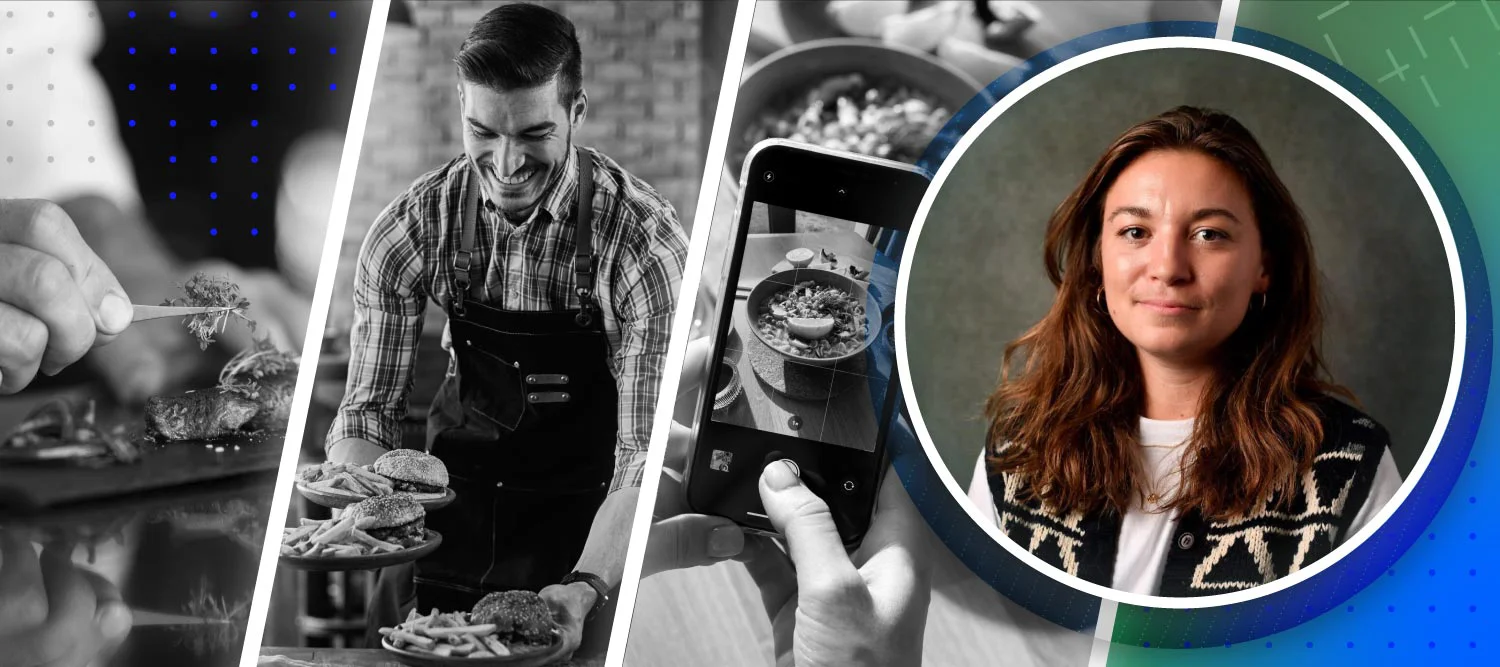Rachel Banks: My top takeaways from FSTEC

Innovative technology is revolutionizing the restaurant sector. That much is obvious from spending three days at FSTEC in Texas, where implementing AI and other innovations to boost guest experience and customer attraction were key talking points.
This reflects research from the National Restaurant Association, with the organization finding that 63% of restaurants planned to increase investment in technology designed to boost sales and customer traffic. Every business is looking for an edge in this competitive sector.
Given this backdrop, here are the key things I heard when speaking to delegates and attending talks at FSTEC. These takeaways reflect the key trends people in the industry highlight in my daily conversations with them — illustrating that this is the sector’s direction of travel.
1. New technology brings greater customer understanding
In such a competitive landscape, restaurants are doing all that they can to understand what customers want. Attending FSTEC has reinforced the outlook I’ve been hearing in my day-to-day conversations with professionals in the sector: restaurant brands want to leverage AI to boost their businesses.
This can be on an operational level, such as managing inventories or staff working patterns. However, the biggest shift is brands looking to use this technology to enhance how they understand and interact with customers.
Relative Insight occupies this space, and it showed at the event. We had a range of operators, from quick-service restaurants all the way through to fine dining chains, curious about how our tool could help them better understand their customers.
For some, this was about metric tracking. How can they improve their OSAT score? What’s driving rises and falls in their customer metrics?
Other brands sought to understand what customers thought about key factors that contribute to guest experience, such as food quality, service levels and cleanliness.
In an intensely competitive landscape, the brands with the best customer insights will be best positioned to attract and build a loyal customer base.
2. Enhancing customer engagement and loyalty through innovative programs
Following on from the last point, restaurant brands want to use their newfound understanding of customers to build loyalty. Increased choice has led to customers being more willing to order from different stores, rather than limiting orders and visits to two or three favorites.
FSTEC highlighted that restaurant brands are searching for tactics to reverse this fragmentation. Whether this is through the use of LTOs or other attraction strategies, brands are looking to create innovative programs that build repeat business.
Conversations at the event focused on transforming customer loyalty programs from transactional models to emotional, experience-driven engagement. Restaurants are increasingly utilizing data to deepen emotional connections with guests to help foster brand loyalty.
Attendees mused about how to leverage AI to create personalized loyalty programs that resonate with customers, boosting both visit frequency and average customer spending. Again, using technology to understand customers’ desires is a key building block in creating these programs.
3. FSTEC delegates discuss shaping the future of technology in restaurants
Adopting a range of new technologies creates opportunities, but also presents challenges when it comes to integration. Many delegates I spoke to at FSTEC were keen to understand how Relative Insight could integrate with other platforms.
This was reflected in the number of panels that covered strategic planning for adopting AI and automation. These sessions focused on unifying tech platforms, integrating digital tools and tackling the challenges of tech adoption, such as budget constraints and cross-departmental collaboration.
Restaurant professionals were keen to understand how they could balance cutting-edge technology with simplicity of use. I believe that this combination plays into the hands of AI software that can help brands orchestrate their tech stack.
From my discussions with attendees, many are still in the fact-finding stage when it comes to the use of AI and automation tools. Tech companies that can demonstrate they’re a trusted partner – and can advise restaurants on integrating other tools – will thrive in this landscape.
4. Exponential data growth through the use of AI
The varying applications of AI means that the amount of data restaurant brands have will increase exponentially. Therefore, the big question restaurants need to answer is: How will you utilize it?
Too often, businesses across all sectors fail to extract value from data they have collected. As restaurants adopt new technology, this issue will become even more acute. Having a plan to capitalize on this data, such as analyzing and acting on customer feedback, will set the best restaurants apart from competitors.
Creating a strategy and using the right software to harness this abundance of customer data and use it to enhance your guest experience program will help solve the challenges you’re currently facing.
Want to find out how you can use AI to improve your restaurant’s guest experience? Take our quiz to find out where your guest experience ranks against competitors.
